Blog
-
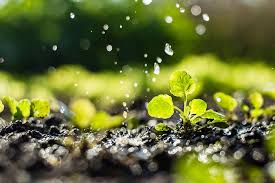
What Those 3 Numbers on Fertilizers Are About: Understanding NPK
If you’ve ever felt befuddled by what all the numbers on a bag of fertilizer mean, I’ve got you. The NPK ratio is essential to helping your plants thrive, so it’s worth understanding how and when to apply these nutrients. Here’s everything you need to know about NPK and how to choose the best fertilizers for your garden.It’s not the coolest or most exciting gardening skill, but knowing how to pick the right fertilizer for your garden is essential and can make a world of difference to the health and beauty of your plants.If you’ve ever picked up a bag of fertilizer, you’ve seen the numbers on the package. Sometimes they’re all the same but more often they’re not. Sometimes there are zeros or decimal points and you know they all relate to NPK, but what exactly do they mean?What is NPK, and how do you know which ratio works best for your plants? Let’s get into it.Disclosure: If you shop from my article or make a purchase through one of my links, I may receive commissions on some of the products I recommend.Leer más -
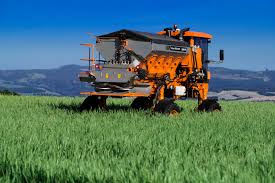
Understanding N-P-K Ratios – How To Select The Best Fertilizer For Plants
One of the more confusing topics for gardeners is trying to understand jus exactly what the N-P-K ratio on the label of their fertilizer bag means Especially when it comes to the health and well-being of their vegetable garden, flowers and lawn.Fertilizing can play a big role in the success of a plant’s health and productivity. Whether it be annual flowers and vegetable plants, or perennials, shrubs and trees – all plants need nutrients to survive. But giving each type of plant the right mix of nutrients is a huge key to fertilizing success.Leer más -
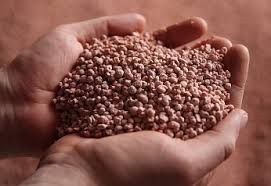
Ratio of fertilizer (N-P-K)
As a rule, it is better to use slow-release fertilizer. Quick-release fertilizers are used mainly to address specific problems (to pep up a weak plant, correct a deficiency, etc.) or to quickly increase yields (to encourage annuals to bloom profusely, for instance). Be careful not to overuse these fertilizers.Leer más -
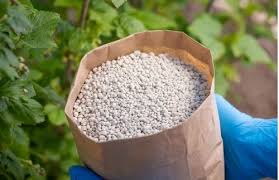
Fertilizer – Selecting The Right NPK Ratio
Consider this example. For years the common lawn fertilizer recommended for North America has been some thing like 34-10-10, high nitrogen and fairly high P and K. Over the years we learned to understand two facts. First, most urban garden soil in North America has lots of phosphorus – it does not need any more to grow grass. Secondly, the excess phosphorus ends up polluting rivers and lakes. So now many states have banned phosphorus in lawn fertilizer. In Ontario, I noticed 2-3 years ago, that many brands have now eliminated P from lawn fertilizer.But people still recommend adding extra phosphorus for their bulbs! That is dumb. If our soil has lots of phosphorus for grass, then it also has lots of phosphorus for bulbs. I grow over 200 different kinds of spring bulbs and I have never added phosphorus – they grow and flower just fine.Leer más -
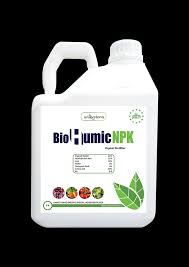
Understanding NPK Fertilizers
We’ve journeyed through the land of NPK fertilizers, discovering their vital role in plant growth and health. The right balance of Nitrogen (N), Phosphorus (P), and Potassium (K) is more than just a chemical concoction; it’s the lifeblood that helps your plants thrive and bloom.Now that you are armed with all this knowledge about NPK fertilizers, it’s time to put it into action. Don’t be afraid to experiment with different NPK ratios to find the perfect balance for your plants. Remember, every garden is unique, and what works best for one might not work as well for another. So, keep observing, learning, and adjusting until you find the optimal NPK ratio that makes your garden thrive.Keep in mind, however, that while fertilizers play a significant role, they are only part of the equation. Adequate watering, proper sunlight, and suitable temperature also contribute to your plant’s growth and health. Combine these elements with a balanced NPK fertilizer, and you’ll set your farm or garden on a path to abundant growth and vibrant colours.Leer más -
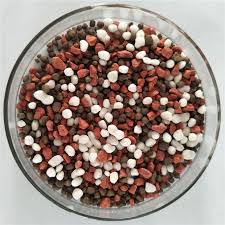
Types Of Fertilizers And How To Pick The Right One
Fertilizers play a crucial role in ensuring that plants receive the nutrients they require for optimal growth and development. Different types of plant fertilizers are accessible to farmers, but the two most common are organic and inorganic. Nutrients in organic products are gradually released while the substance decomposes over time, while artificially synthesized inorganic products allow for the rapid uptake of nutrients by plants. However, the organic type of fertilizer is better for the soil and the ecosystem in the long run. Precision farming platforms simplify fertilizing at varying rates, maximizing the benefits of each fertilizer type.Leer más -
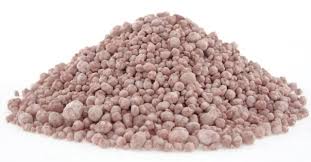
The Fundamentals of NPK Fertilizers in Plant Nutrition
NPK fertilizers are a cornerstone of contemporary agriculture, supplying plants with the three primary nutrients they require for growth: nitrogen (N), phosphorus (P), and potassium (K). Nitrogen is essential for the synthesis of chlorophyll and the growth of vegetative parts, phosphorus is critical for the development of roots, flowers, and seeds, and potassium plays a key role in the regulation of metabolic functions and enhancing plant stress resistance. The judicious application of these nutrients, which are often deficient in soils, is crucial for maximizing crop productivity and maintaining plant health.Leer más -
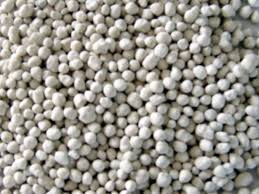
Five important facts about fertilizers
In December 1905, Sam Eyde and Kristian Birkeland successfully produced nitrogen fertilizer at Notodden, Norway. This groundbreaking achievement has helped increase agricultural productivity and today, half of the world’s population has food on their table due to fertilizers. Here are five important facts you should know about fertilizers and their importance in safeguarding lives and nourishing our world!Leer más -

A STATISTICAL ANALYSIS ON THE EFFECT OF NPK FERTILIZER ON CROP GROWTH
Agriculture is a cardinal sector in the economy of any nation. Fertilizer application has over the period been essential in the effective growth of agricultural output. The importance of fertilizer in agriculture cannot be over emphasized; in other to effectively feed the nation and have enough to export, then understanding the importance of fertilizers is paramount. Fertilizers where effectively used from the 19th century in the world to grow crops amongst other things. There are basically two major types of fertilizer viz: Organic fertilizer and inorganic or synthetic fertilizers.Leer más

